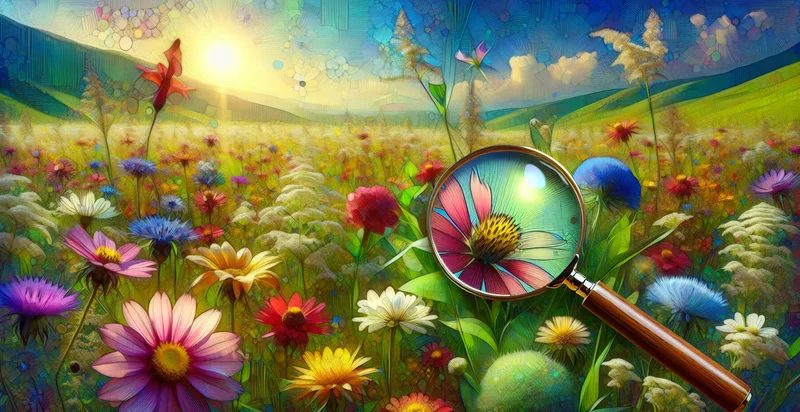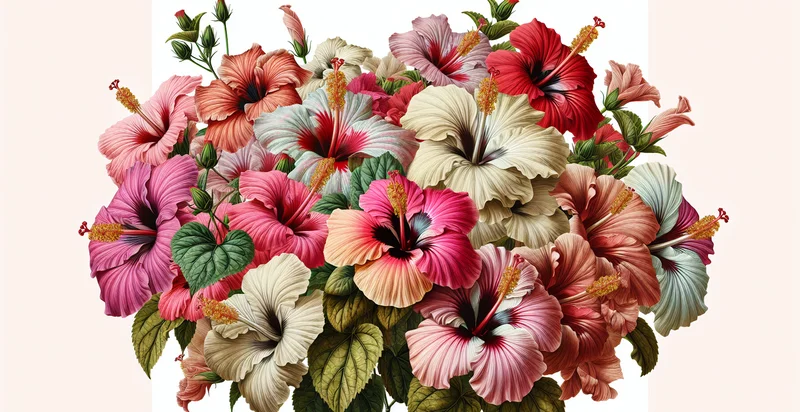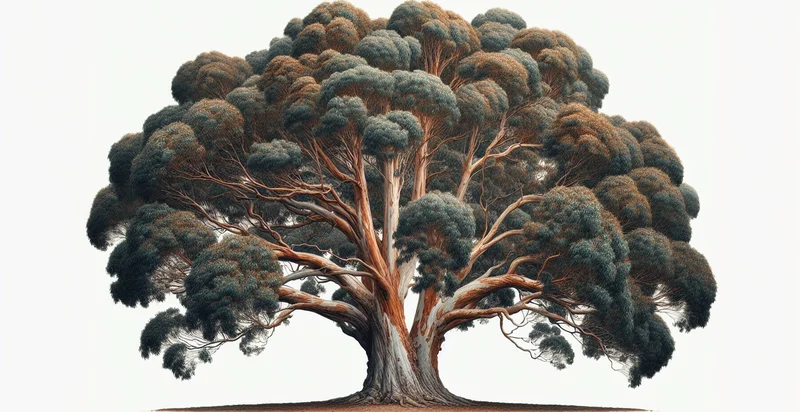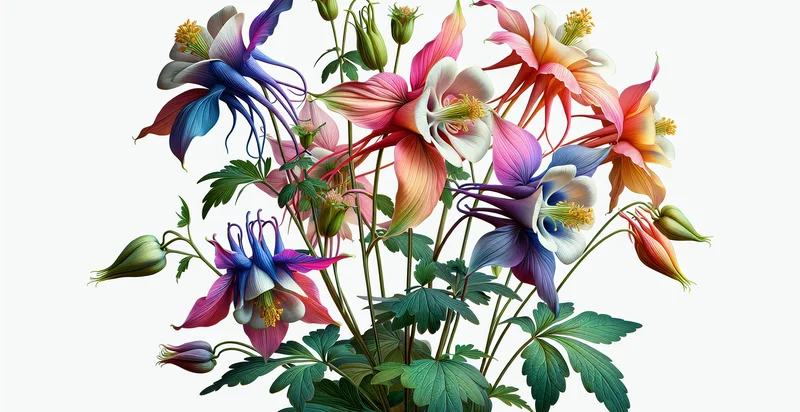Identify wildflower identification
using AI
Below is a free classifier to identify wildflower identification. Just upload your image, and our AI will predict what type of wildflower it is - in just seconds.

Contact us for API access
Or, use Nyckel to build highly-accurate custom classifiers in just minutes. No PhD required.
Get started
import nyckel
credentials = nyckel.Credentials("YOUR_CLIENT_ID", "YOUR_CLIENT_SECRET")
nyckel.invoke("wildflower-identification", "your_image_url", credentials)
fetch('https://www.nyckel.com/v1/functions/wildflower-identification/invoke', {
method: 'POST',
headers: {
'Authorization': 'Bearer ' + 'YOUR_BEARER_TOKEN',
'Content-Type': 'application/json',
},
body: JSON.stringify(
{"data": "your_image_url"}
)
})
.then(response => response.json())
.then(data => console.log(data));
curl -X POST \
-H "Content-Type: application/json" \
-H "Authorization: Bearer YOUR_BEARER_TOKEN" \
-d '{"data": "your_image_url"}' \
https://www.nyckel.com/v1/functions/wildflower-identification/invoke
How this classifier works
To start, upload your image. Our AI tool will then predict what type of wildflower it is.
This pretrained image model uses a Nyckel-created dataset and has 30 labels, including Aster, Black-Eyed Susan, Bluebell, Borage, Buttercup, Chickory, Columbine, Coreopsis, Cosmos and Daisy.
We'll also show a confidence score (the higher the number, the more confident the AI model is around what type of wildflower it is).
Whether you're just curious or building wildflower identification detection into your application, we hope our classifier proves helpful.
Related Classifiers
Need to identify wildflower identification at scale?
Get API or Zapier access to this classifier for free. It's perfect for:
- Tourism Enhancement: Wildflower identification can enhance the experience of nature lovers and tourists by providing real-time insights into the flora in various regions. Mobile apps can use this function to provide visitors with information about local wildflowers, their significance, and the best times to view them, promoting biodiversity awareness.
- Ecological Research: Researchers studying ecosystems can utilize wildflower identification to gather data on plant diversity and distribution. Automated identification can streamline data collection processes, allowing scientists to focus on impacting analysis and conservation strategies.
- Agricultural Support: Farmers and agricultural consultants can benefit from wildflower identification to understand plant communities that may affect crop yield and pest management. Identifying native wildflowers can also help in designing more sustainable farming practices and promoting pollinator health.
- Landscaping and Gardening: Landscape designers can employ wildflower identification technology to select native species for gardens and landscaping projects. This ensures that flora is suitable for the local ecosystem, enhancing aesthetics while supporting local wildlife and pollinators.
- Educational Tools: Educational institutions can integrate wildflower identification capabilities into their curriculum. Students of botany, ecology, and environmental science can learn practical skills while studying plant identification and the importance of biodiversity.
- Conservation Efforts: Conservation organizations can leverage wildflower identification to monitor and manage plant populations. By tracking the presence and health of specific wildflower species, these organizations can better plan interventions aimed at preserving endangered species and habitats.
- Hiking and Outdoor Apps: Hiking and outdoor adventure apps can integrate wildflower identification tools to engage users. Providing hikers with the ability to identify flora along trails enhances their outdoor experience and promotes environmental education, fostering a deeper connection to nature.


